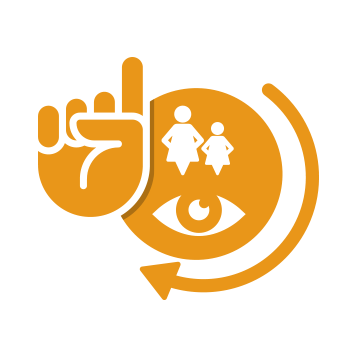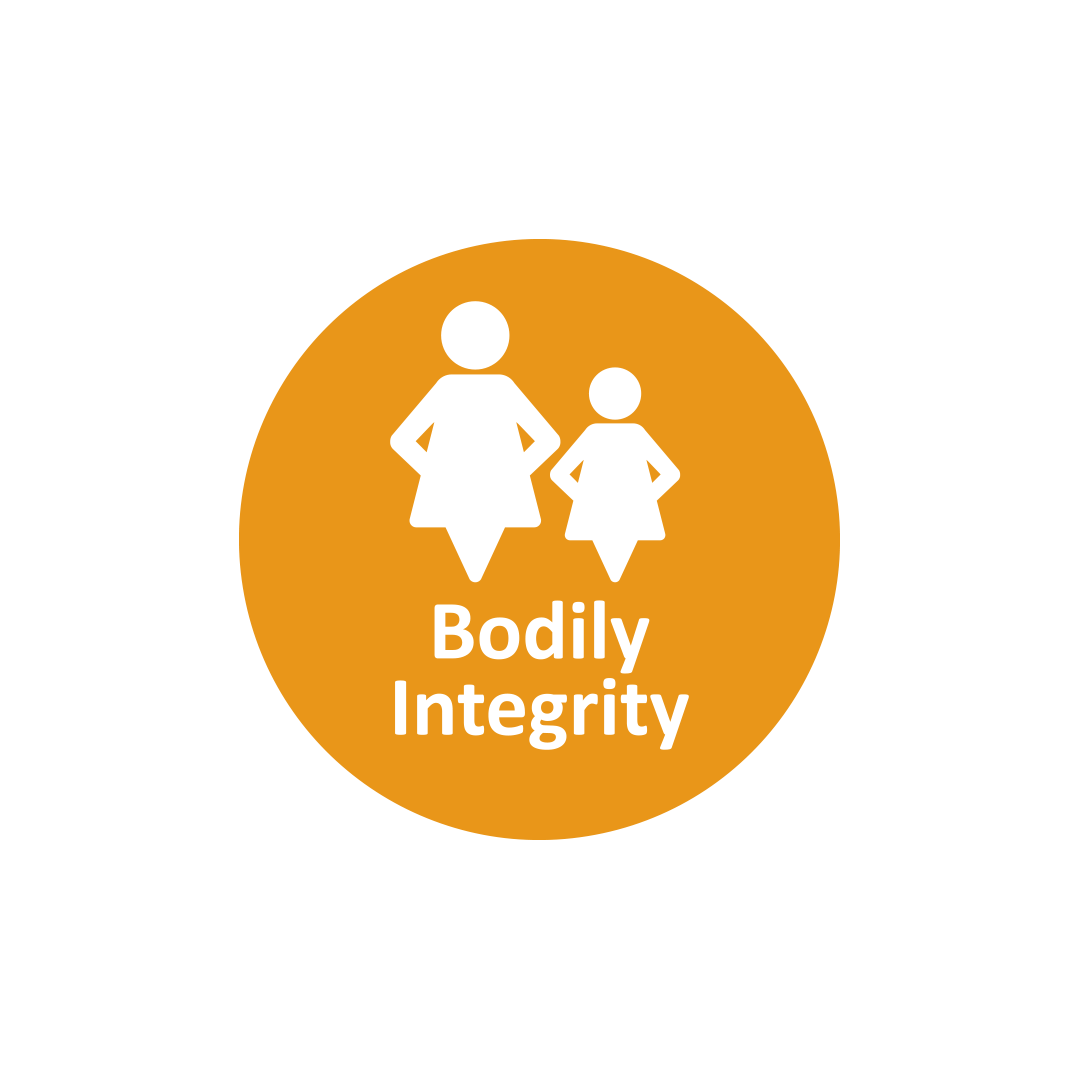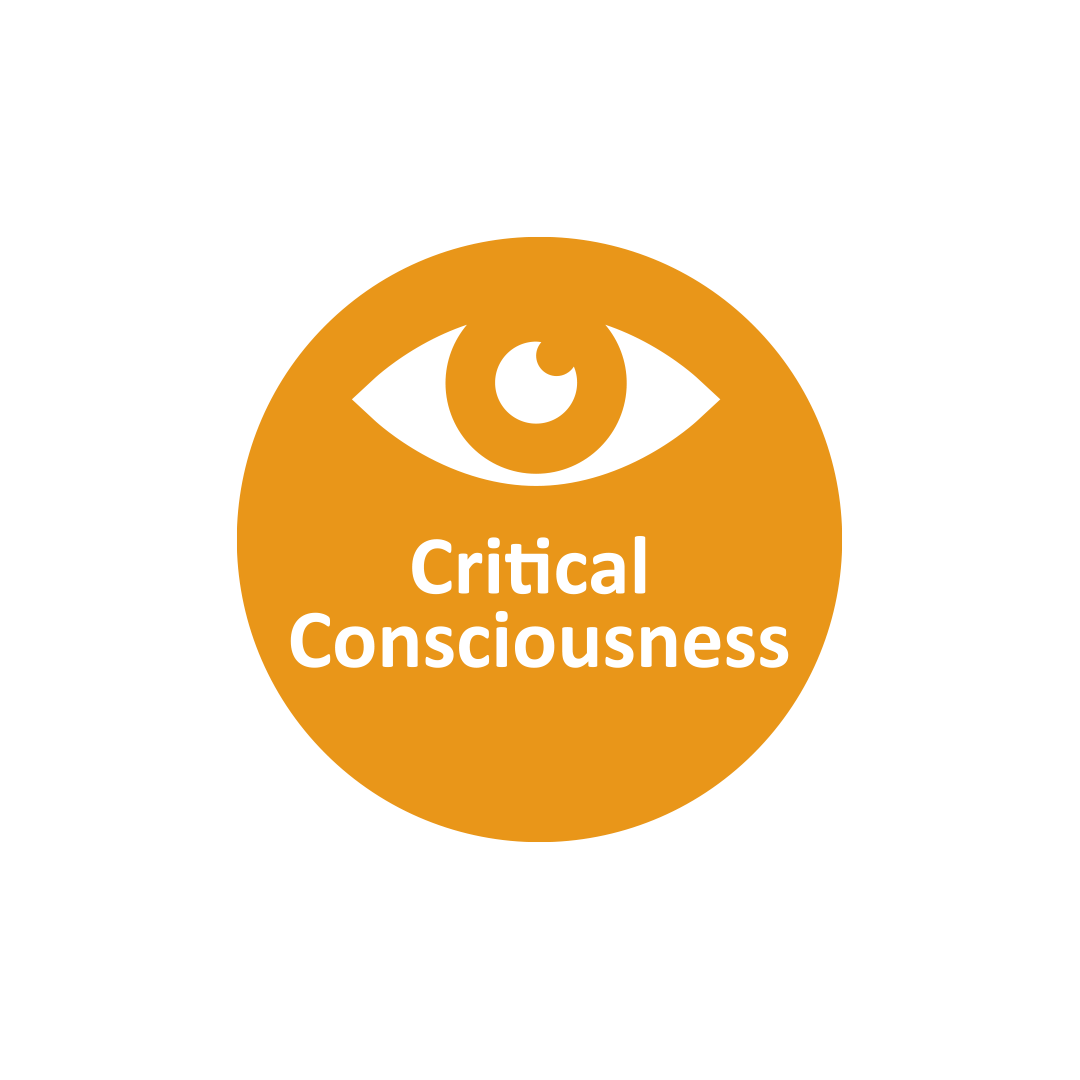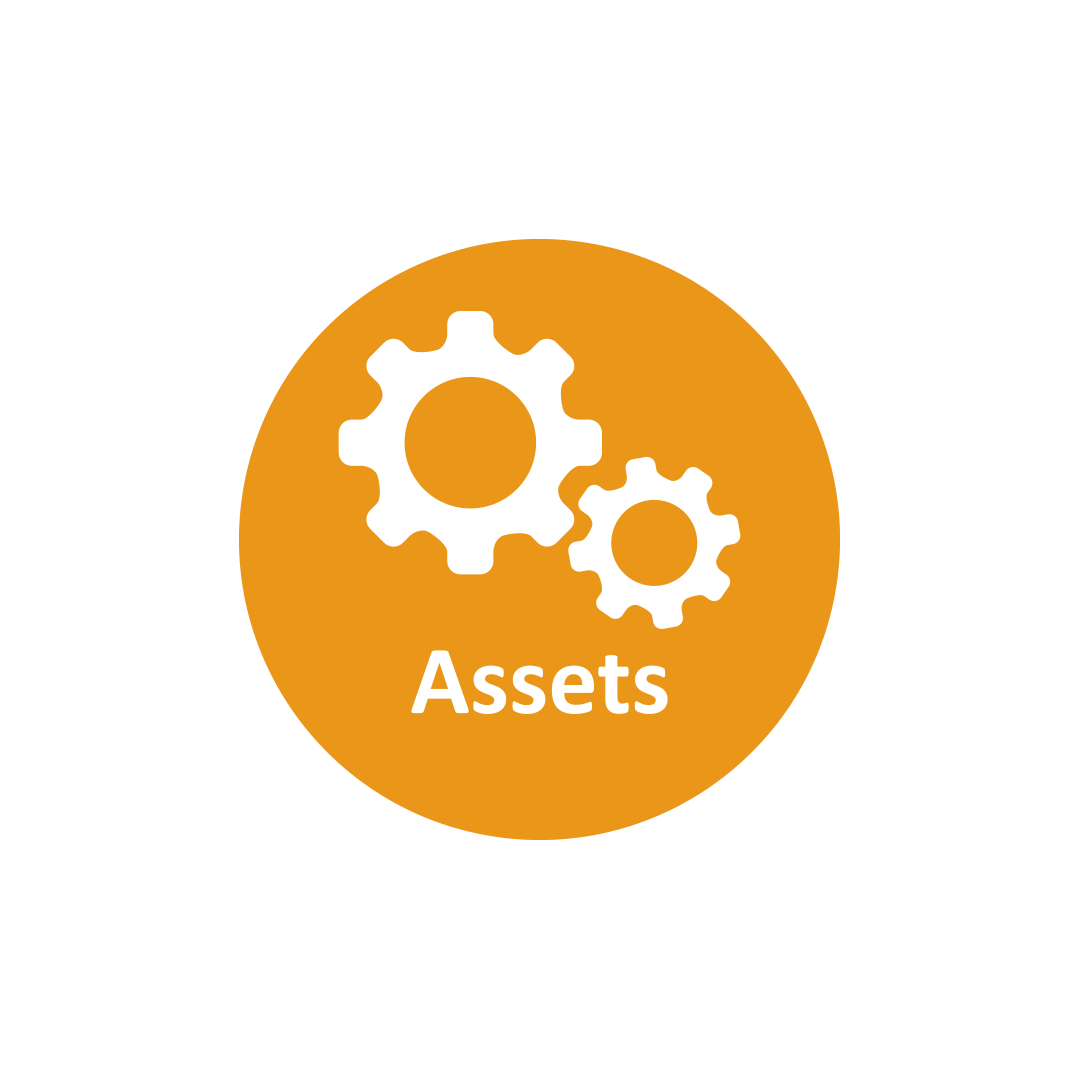
TIPS FOR MEASURING CRITICAL CONSCIOUSNESS AND BODILY INTEGRITY
- Use flexible and qualitative indicators to collect data on critical consciousness. It is crucial that they are informed by women and girls’ realities and desires, and can capture unanticipated changes over time.
- Use the WHO indicators when measuring violence against women as they are considered best-practice.
- Adhere to specific ethical and safety standards when measuring issues related to bodily integrity, especially violence against women and girls.
Illustrative Indicators
FINANCIAL SERVICES FOR THE POOR
OUTCOMES
Increased awareness of labor rights among women
INDICATORS
% of women who understand their employment rights
% of women who are confident negotiating working conditions with their employers
WATER, SANITATION AND HYGIENE
OUTCOMES
Increased self-efficacy of adolescent girls
INDICATORS
% of adolescent girls who report confidence in safely managing their menses


